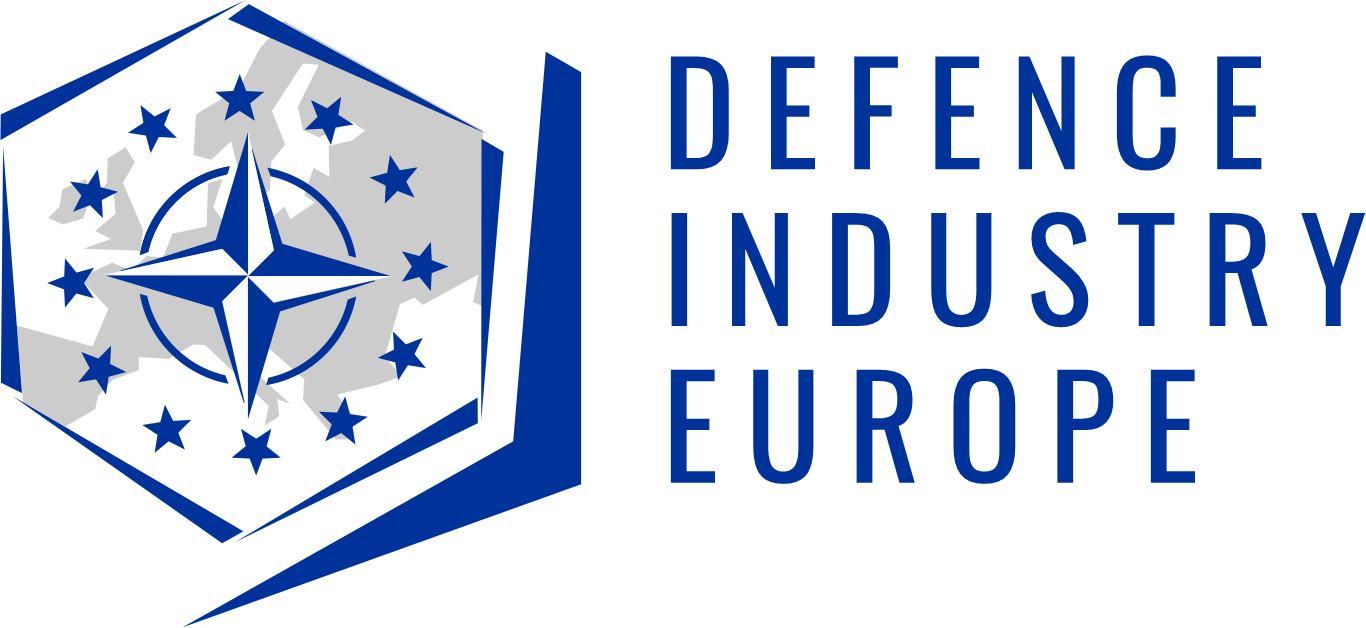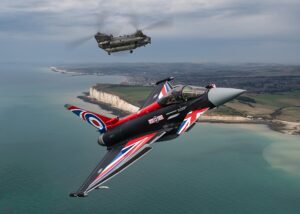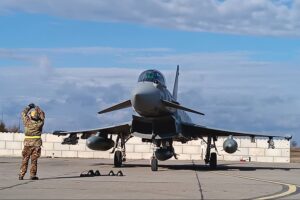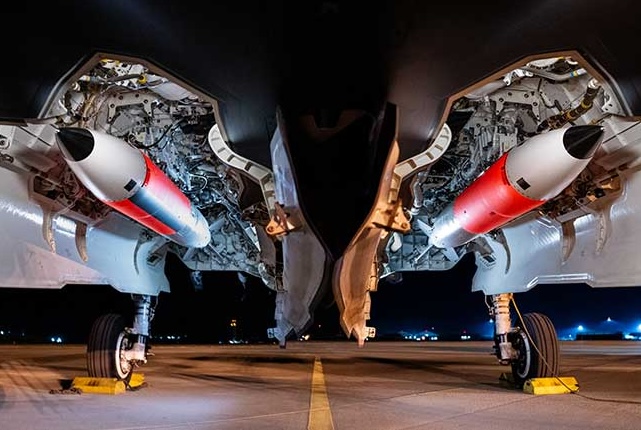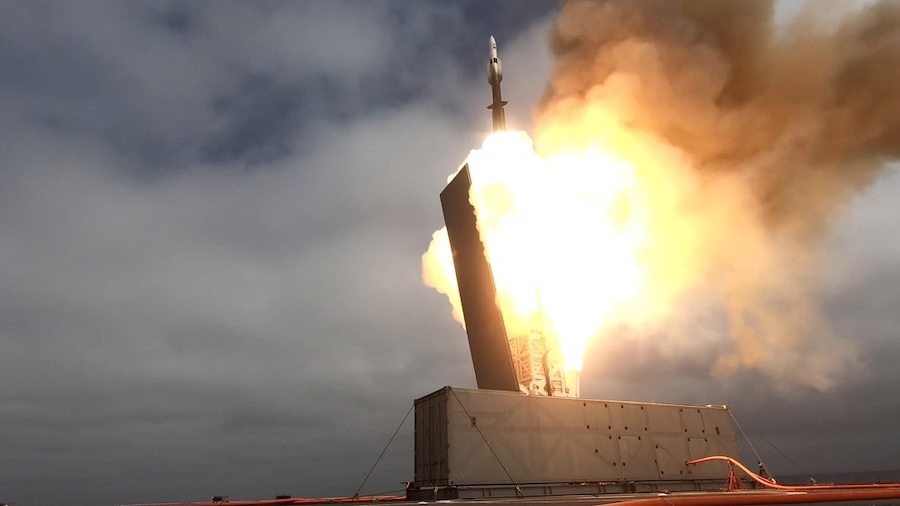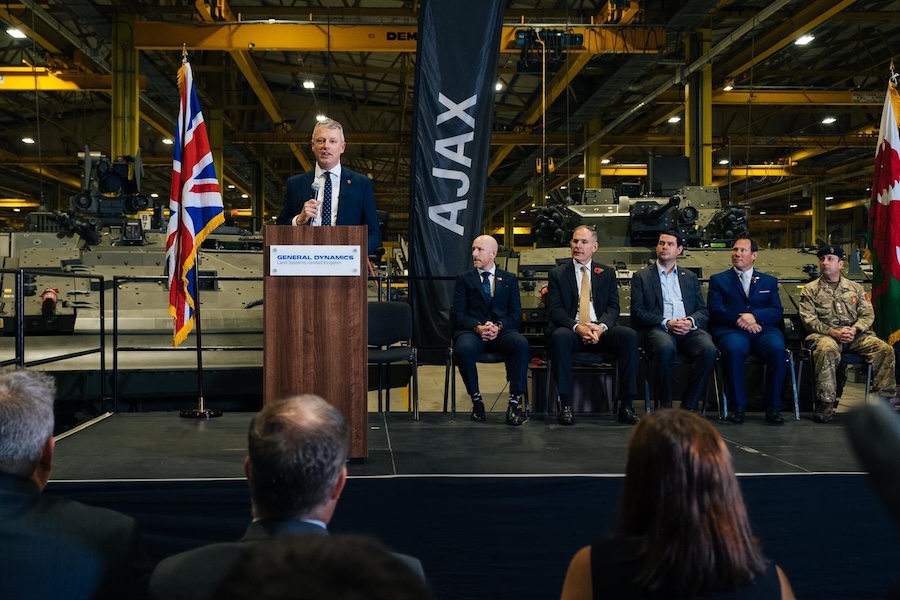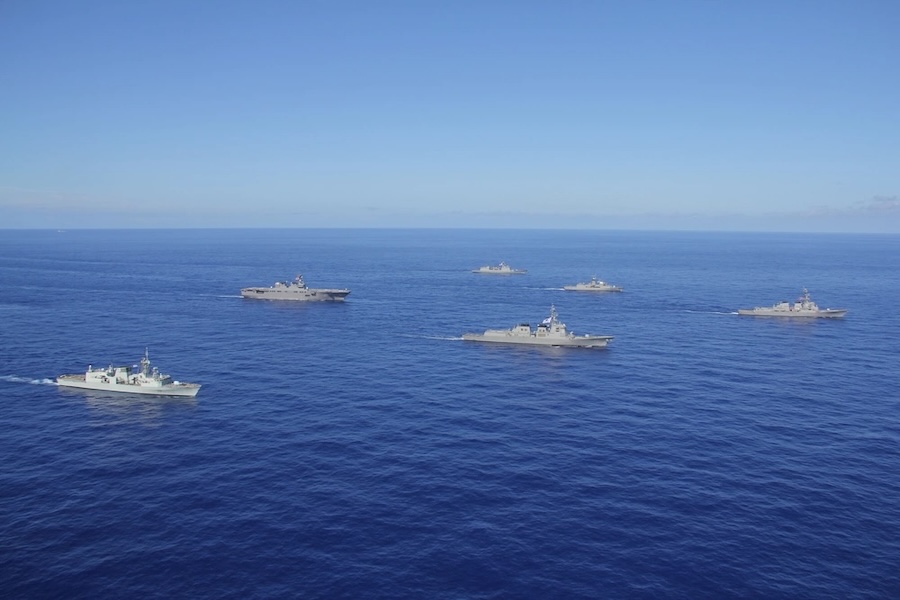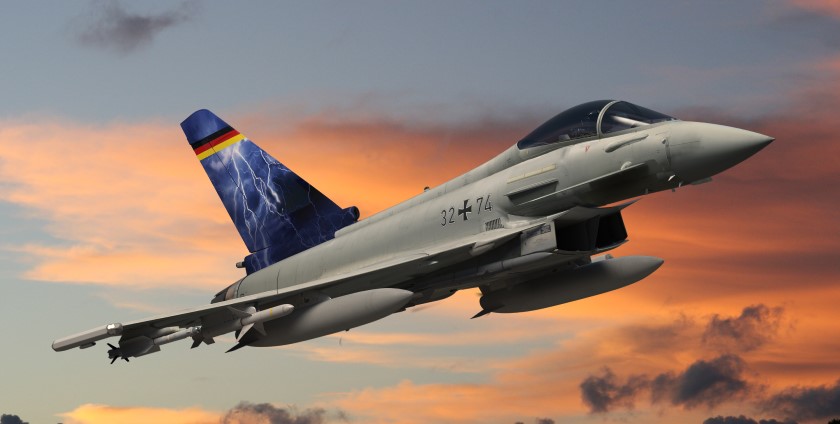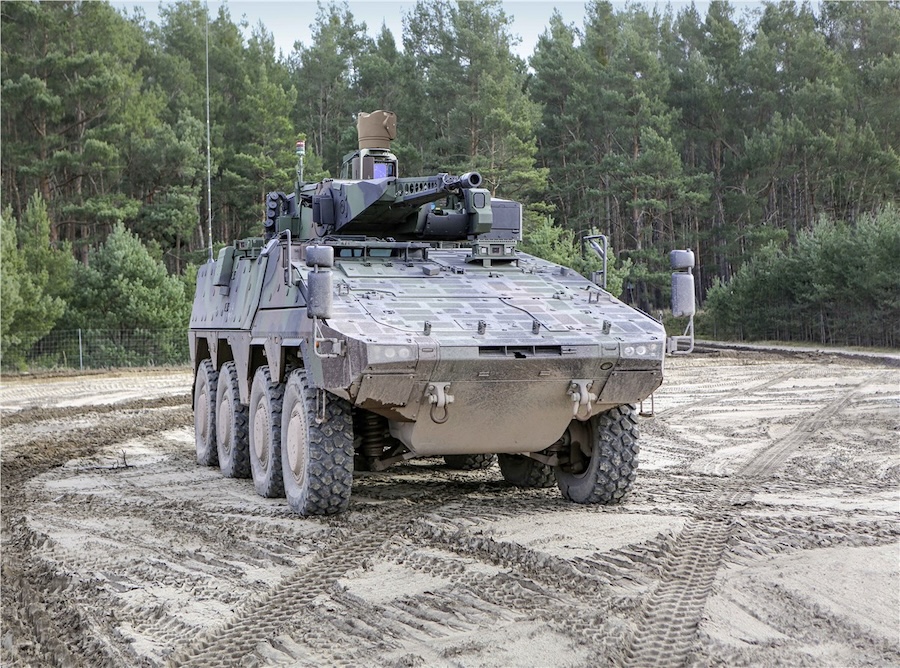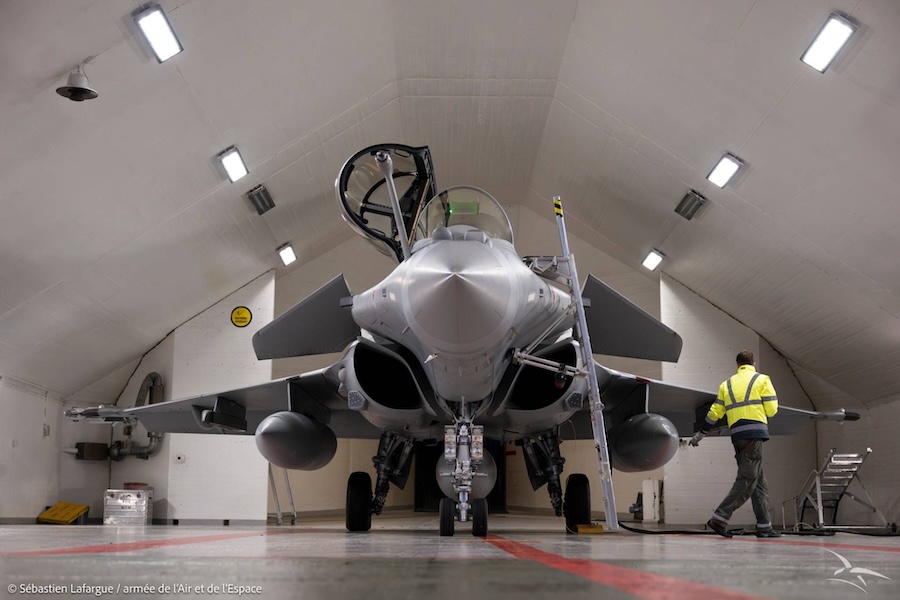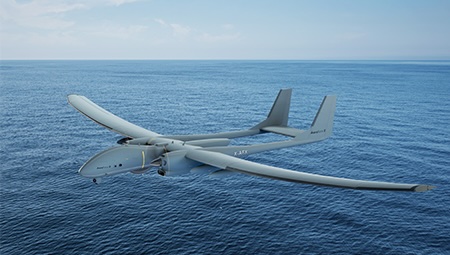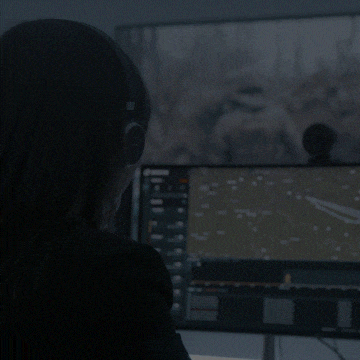The Russian aircraft, an Ilyushin Il-20M—known by its NATO designation COOT-A—was first intercepted earlier that day by three other pairs of NATO aircraft. These previous escorts disengaged when the Il-20M entered Kaliningrad airspace.
Shortly after, the aircraft altered course southwest towards Polish airspace, prompting NATO to scramble the RAF Typhoons based in Malbork. The Il-20M then turned northwest over the Baltic Sea in international airspace, where the Typhoons intercepted and escorted it.
The escort continued until the Russian aircraft was handed over to the Danish Quick Reaction Alert (QRA) unit. The Il-20M is a communications and electronic signals intelligence surveillance-reconnaissance aircraft.
RAF Typhoons are routinely instructed to escort identified aircraft until they are relieved by other NATO forces or the aircraft moves away from NATO airspace. During such operations, NATO aircraft adopt a non-threatening posture to prevent misinterpretation of their actions.
This positioning is typically from the 3 or 9 o’clock relative position to the intercepted aircraft, depending on weather and flight direction. Such procedures ensure safety and avoid escalation during these routine missions.
Aircrew involved in the interception were from No. II (Army Co-operation) Squadron, part of the 140 Expeditionary Air Wing currently conducting QRA duties under NATO eAP. Operation Chessman is the UK’s contribution to this mission, with personnel deployed to Malbork Air Base alongside NATO’s newest member, Sweden.
Source: Royal Air Force (RAF).


